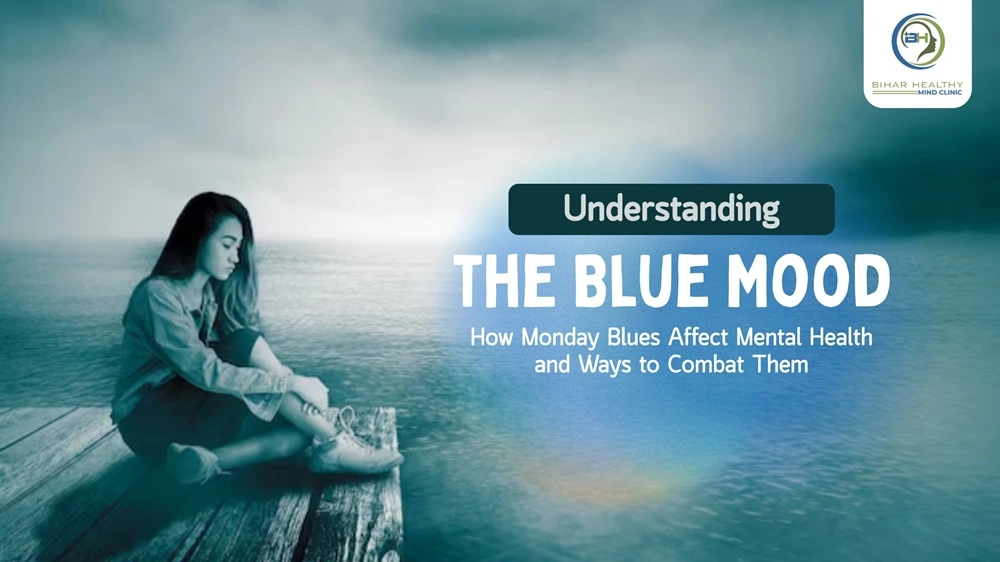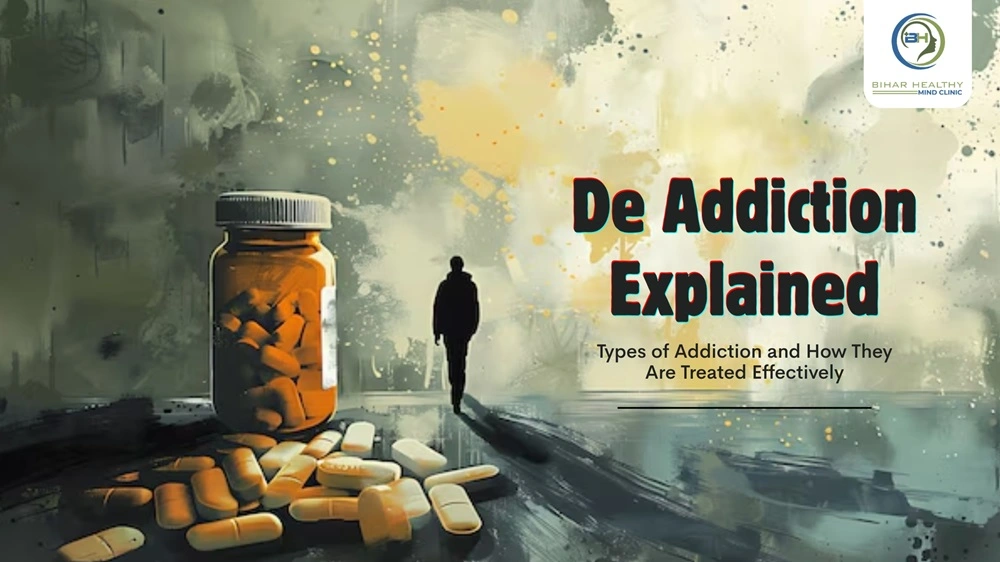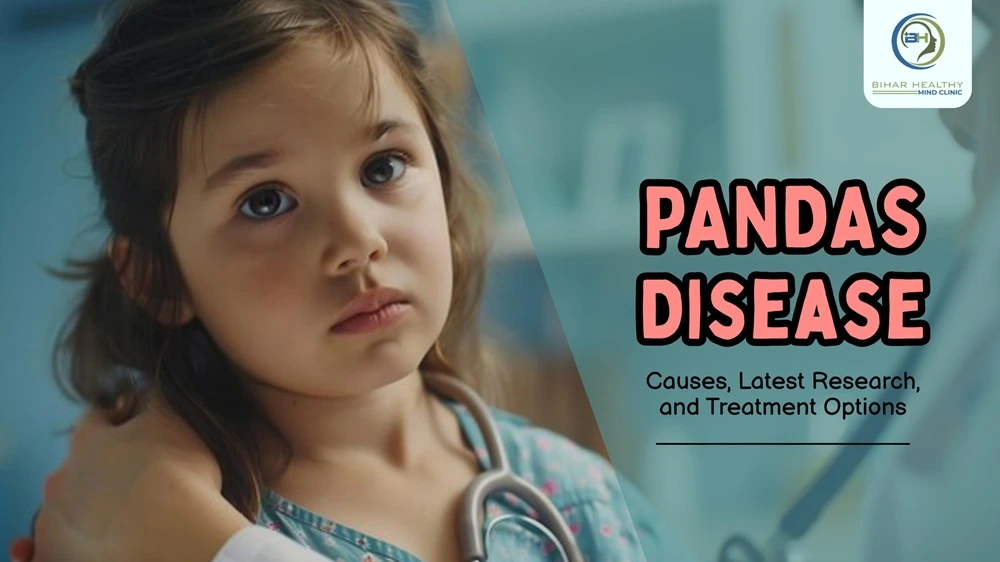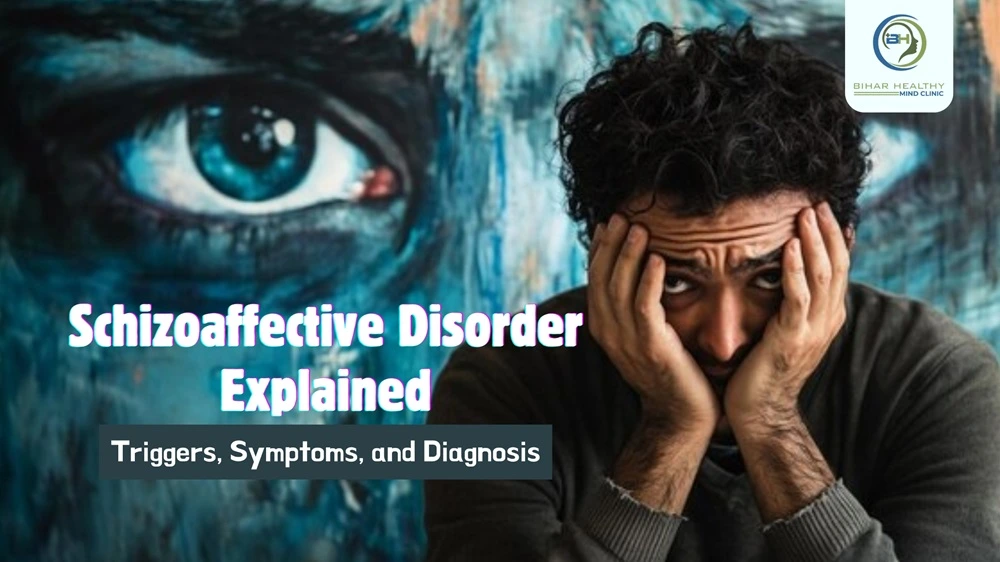
Social communication disorder (SCD) can impact children and adults in many aspects of life, from developing friendships to succeeding in school and work environments. But what exactly is SCD, and how does it differ from other communication or neurodevelopmental disorders? This blog will explore SCD through an interactive lens, presenting relatable scenarios and a balanced overview of the condition, symptoms, and evidence-based treatment approaches.
What is Social Communication Disorder?
Imagine being in a new environment, trying to join a conversation, but feeling unsure about how to respond to cues or interpret others' expressions. For many with SCD, this scenario reflects daily challenges, not just occasional awkwardness. Social communication disorder is defined by persistent difficulties with social aspects of communication, which include interpreting tone, facial expressions, gestures, and staying engaged in conversations.
Individuals with SCD may struggle with:
- Understanding social cues like sarcasm, humor, or idiomatic expressions.
- Starting or maintaining conversations smoothly.
- Adjusting language use depending on context, such as speaking differently to a friend than to a teacher.
- Interpreting nonverbal signals like body language or facial expressions.
Case Scenario: A Glimpse into Daily Challenges
Let’s consider Maya, a bright 9-year-old who performs well academically but has difficulty making friends. At a birthday party, Maya struggles to join a group of children engaged in a game. When she tries to speak, she sometimes misses the conversational flow and interjects awkwardly. Her peers seem to sense a difference in her communication style, and eventually, she is left to play alone.
Maya’s challenges reflect common struggles in SCD: not only initiating social interactions but understanding and responding to unspoken social norms. It’s easy to see how these experiences could lead to feelings of isolation and frustration, making support and intervention crucial.
How is Social Communication Disorder Diagnosed?
Diagnosing SCD involves a careful evaluation, typically conducted by speech-language pathologists or developmental psychologists, as part of a multidisciplinary team. The diagnosis includes assessments in the following areas:
- Conversational skills: The individual’s ability to initiate, maintain, and end a conversation appropriately.
- Nonverbal communication: This includes understanding gestures, facial expressions, and body language.
- Pragmatic language skills: The capacity to use language in various social contexts and adapt the communication style to suit the listener and setting.
For a diagnosis, symptoms must persist and interfere significantly with everyday functioning in school, work, or social settings. It is also essential to rule out other conditions with overlapping symptoms, such as autism spectrum disorder (ASD), where social communication issues are often prominent but occur alongside repetitive behaviors and sensory sensitivities not typical of SCD.
What Causes Social Communication Disorder?
The exact causes of SCD are still being studied. Research suggests a mix of genetic and environmental factors may contribute. The brain regions involved in social and pragmatic language skills can be impacted by developmental anomalies or disruptions, possibly explaining some of the difficulties seen in SCD.
Case Scenario: Jake's Experience with Communication Therapy
Jake, a teenager diagnosed with SCD, often felt out of place in group conversations. He would get "lost" when his friends switched topics or used slang. With the help of a speech therapist, Jake learned techniques for active listening, making eye contact, and waiting for conversational gaps before speaking. Through structured role-playing activities, he began to understand and use nonverbal cues, building confidence and skills for more successful interactions.
The Role of Early Intervention and Treatment Options
Just as Jake’s experience illustrates, intervention can be instrumental in helping individuals with SCD improve their communication skills. Early intervention, particularly during the school years, provides children with tools and practice that make future social and academic interactions more manageable. Common evidence-based approaches include:
- Speech and language therapy: Tailored exercises target specific social communication deficits, helping individuals practice language in social contexts. Techniques like role-playing can mimic real-life scenarios, making it easier for individuals to carry over skills.
- Social skills groups: These groups offer a structured, supportive environment to practice interactions with peers who might share similar challenges, reducing the pressure of mainstream social settings.
- Parent and family involvement: Parents can reinforce skills at home, offering a safe and supportive space to practice conversation and response skills. Training parents to cue and guide interactions can accelerate progress.
A Look Ahead: SCD in Adults
While SCD is typically diagnosed in childhood, it doesn’t simply disappear in adulthood. Adults with SCD may continue to experience misunderstandings or difficulties in social settings, which could impact professional or personal relationships. Adults might benefit from therapy focused on professional communication skills, understanding implicit social rules in work settings, and managing relationships.
Scenario: Navigating the Workplace with SCD
Consider Sara, a young professional with SCD, who excels in her technical skills but struggles in team meetings. Her boss notices that Sara often doesn’t engage with others’ ideas or overlooks conversational cues. After seeking support, Sara learned strategies for participating more comfortably in group discussions, such as practicing active listening and developing simple prompts to initiate conversations.
SCD vs. Other Disorders: How It Differs
It is important to clarify that SCD is not the same as autism spectrum disorder (ASD), although both involve challenges in social interactions. SCD is characterized specifically by pragmatic language difficulties without the repetitive behaviors and sensory issues seen in ASD. Additionally, social anxiety disorder may share social avoidance symptoms, but in SCD, the primary issue lies in interpreting and managing social communication rather than fear of negative judgment.
The Journey Towards Inclusivity and Understanding
For individuals with SCD, navigating social situations requires more effort and conscious practice than for others, and the misunderstandings they face can be frustrating. But with the right support, they can learn strategies to communicate more effectively and build stronger connections with others.
Building awareness around SCD not only helps those affected but also fosters a more inclusive environment for everyone. Educators, employers, and peers can contribute to this by showing patience, offering clear guidance, and creating spaces that reduce the pressure of unspoken social rules.
Final Thoughts: Encouraging Empathy and Support
The journey of someone with SCD involves learning, resilience, and support from those around them. By understanding the challenges of SCD, we can all contribute to a world where individuals like Maya, Jake, and Sara feel empowered to connect, communicate, and thrive in their unique ways.
TAGS: Social communication disorder, SCD, Autism Spectrum Disorder, ASD
Disclaimer: All characters and events depicted in this blog are entirely fictional. Any resemblance to actual persons, living or dead, is purely coincidental. The content is intended for informational purposes only and should not be considered as medical advice. Always consult a qualified healthcare professional for medical concerns.
Visitors: 698






Spot on with this write-up, I really feel this weeb site needs much
more attention. I'll probably be returning to
read through more, thanks for the advice! http://Boyarka-inform.com/
Hi! I just would like to offer you a huge
thumbs up for yolur excellent information you've got here
on this post. I am returning to your web site
for more soon. http://Boyarka-Inform.com/
You really make it seem so easy with your presentation but I find this topic to be really something which I think I would never understand.
It seems ttoo comllex and extremely brokad for me.
I am looking forward for your nex post, I will try tto get the hang of it! http://Boyarka-inform.com/